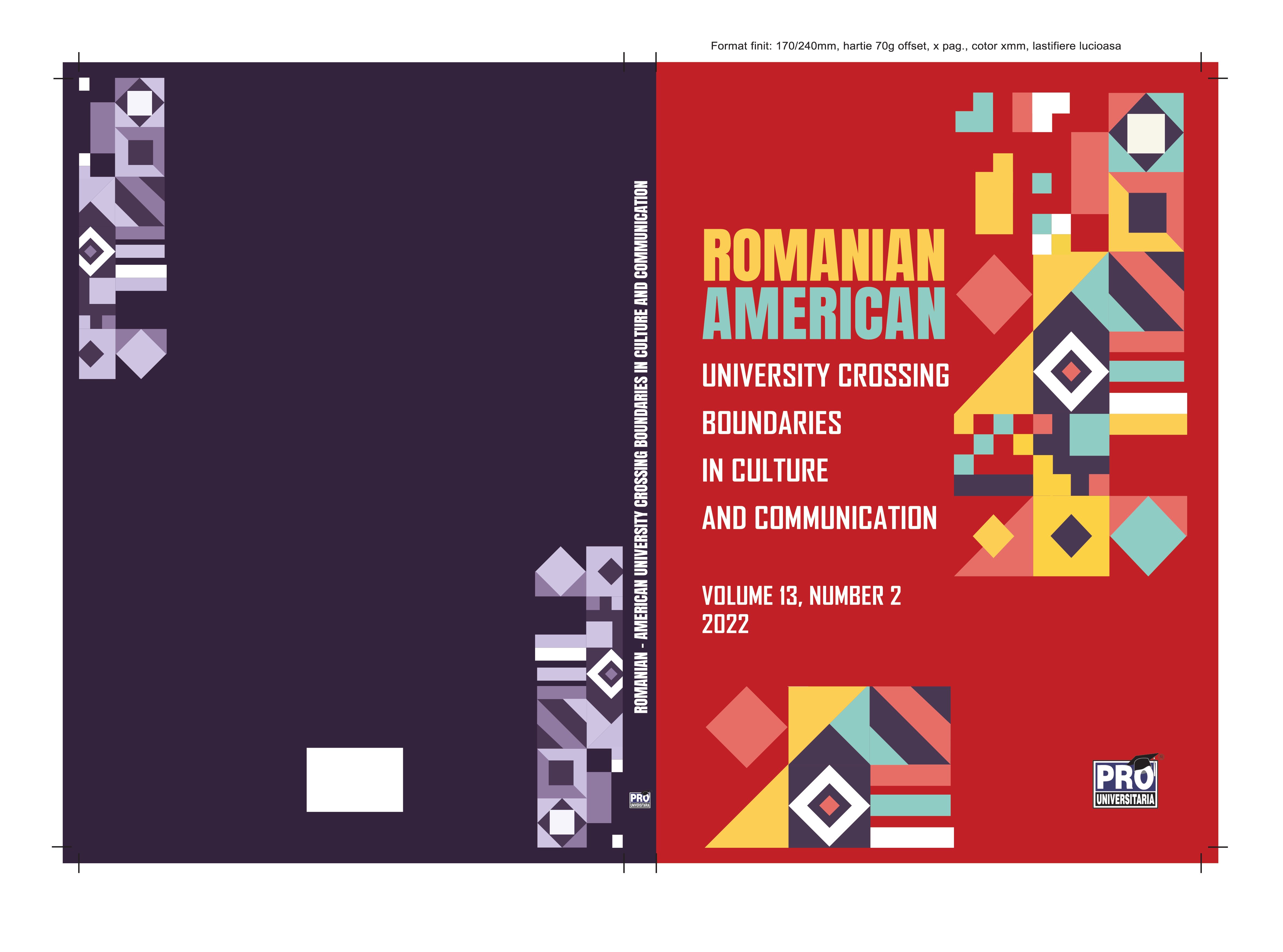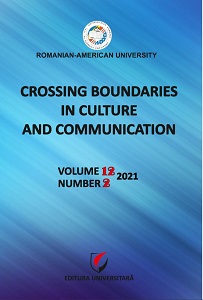
Building Legal Language Awareness through Legal Collocations
Language awareness, an important concept in ELT, can also be used in the teaching and learning of specialized language, such as legal language. Like any other specialized language, Legal English has its own characteristics. Making students aware of various aspects and peculiarities of Legal English helps them understand and learn it better. One way of boosting legal awareness as far as Legal English is concerned is through legal collocations. Collocations, in general, are a good way of increasing language accuracy. Being able to build correct collocations is an indicator of a good command of the language. The peculiarities of Legal English are often thought-provoking to those who want to study it. Legal collocations represent a category of the above-mentioned peculiarities. But once students become acquainted with them, legal collocations turn into useful tools for understanding the specificity of legal language, such as the nature of various relationships established between the parties in a case or in a contract, or among people in a courtroom, be they members of the legal profession or members of the general public.
More...



